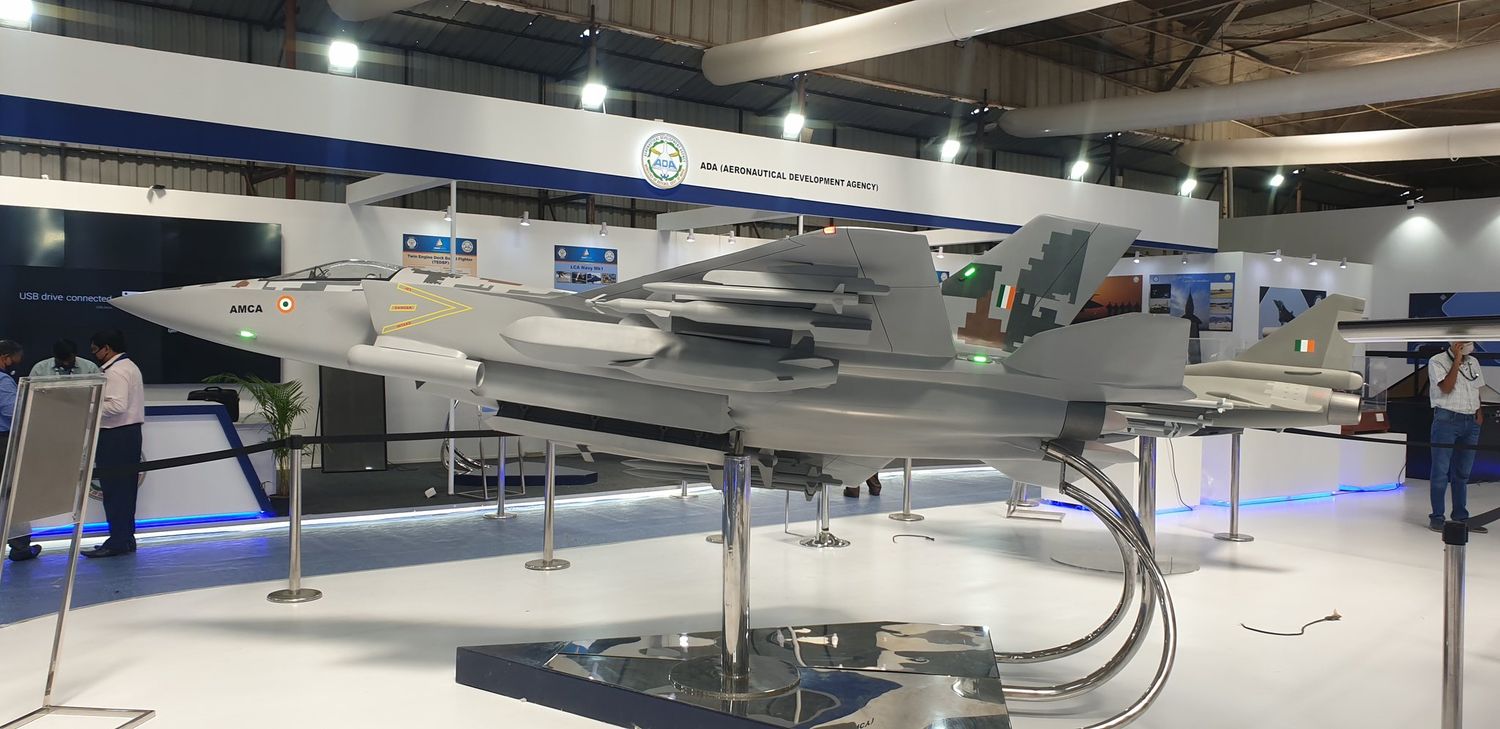India and France are close to finalizing a deal, for the joint development of a 125Kn thrust engine, for India’s fifth-generation fighter aircraft, the AMCA.
According to The Indu, the deal is likely to be initialed in the next two months, according to Defense Ministry officials consulted. The collaboration will be between the Defense Research and Development Organization (DRDO) and French engine manufacturer Safran.
«External Affairs Minister S. Jaishankar discussed this matter with French Defense Minister Florence Parly during her visit to Paris [last week]. We hope to have an agreement in a month or two,» said a defense official.
In December 2021, at an event following Parly’s visit to India, Defense Minister Rajnath Singh said that a major French company would come to India and «manufacture the engine in strategic partnership with an Indian company.»
Last year, the government had informed Parliament that it intended to develop indigenous engines to power aircraft such as the Light Combat Aircraft (LCA) and AMCA variants, in partnership with an international engine house.
AMCA, the future Indian stealth fighter
The initial design of the AMCA began in 2009 and is planned to be a twin-engine stealth aircraft with internal weapons bay and Diverterless Supersonic Intake (DSI), which has been developed for the first time and whose design is complete. .
It will be a 25-ton aircraft, capable of carrying about 1,500 kg of payload internally and another 5,500 kg of external payload, with 6,500 kg of internal fuel.
The AMCA will have stealth and non-stealth configurations, and will be developed in two phases: an AMCA MK1 with the current U.S. GE414 engine (but made in India), and an AMCA Mk2 with an advanced and more powerful engine that is planned to be jointly developed, Dr. Deodhare added.
Two fighters, one engine
The engine developed for the AMCA will likely have much in common with the future propulsion plant of the European sixth-generation FCAS fighter, for which SAFRAN is the tri-national (Spain, France and Germany) project leader of that development pillar.
The signing of the contract could mean that India would finance part of the engine project for the future FCAS, lowering the costs of the program for the Europeans partners, or at least for the French side.



Comentarios
Para comentar, debés estar registrado
Por favor, iniciá sesión